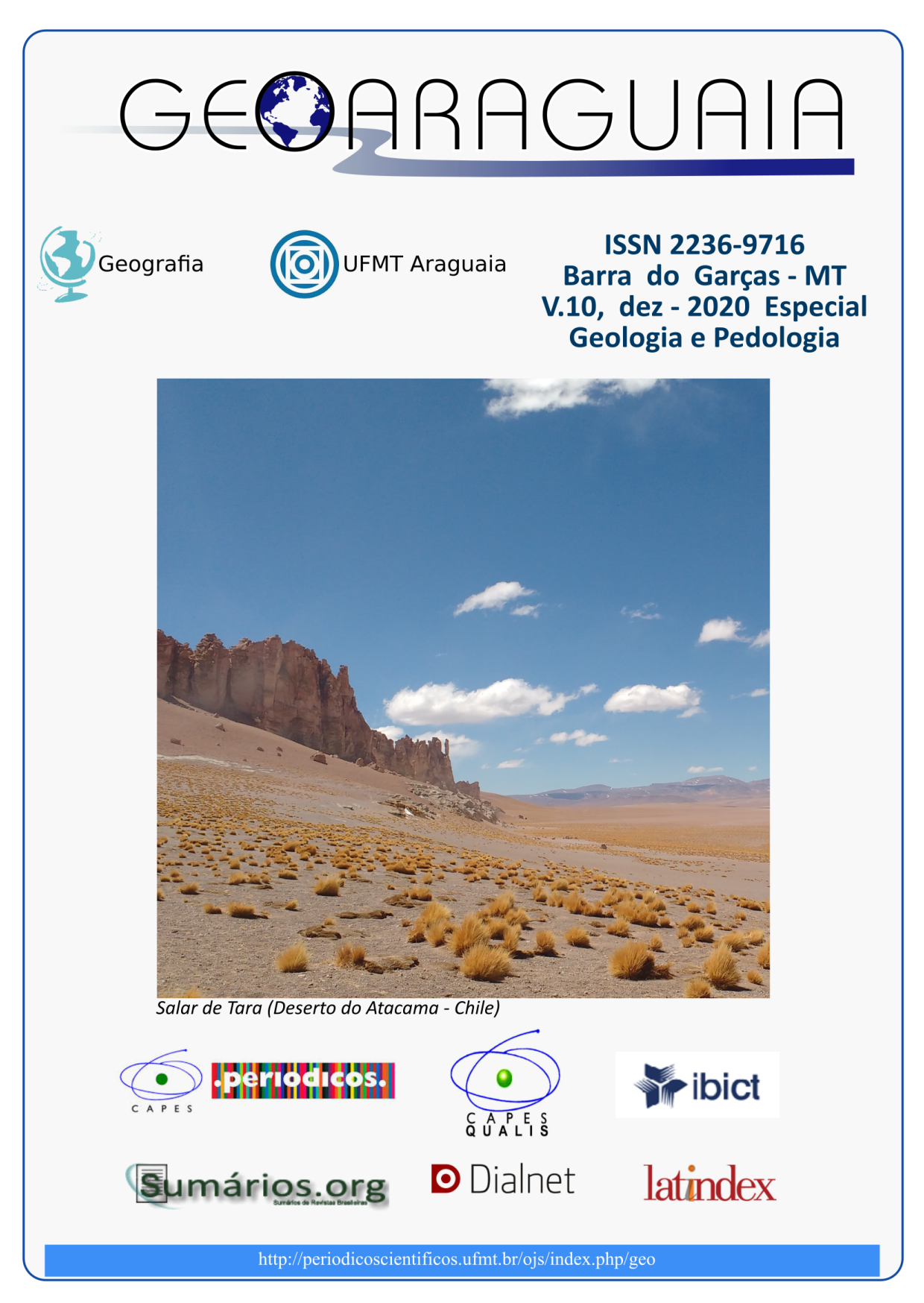MINERAL CHEMISTRY AND GEOCHEMISTRY OF GRANITOID ROCKS IN NORTHERN OF SARDUIEH (DASHT SHAGHIN AND SARTASHTAK), IRAN
Resumen
Dehaj-Sarduieh volcano-plutonic belt in Kerman province of Iran represents a part of Urumieh-Dokhtar Magmatic assemblage which is mainly composed of granodiorite, quartz diorite, tonalite granite and granophyre. These rocks emplaced in Eocene volcanic and pyroclastic deposits rocks and are considered to be Oligo-Miocene in age. Geochemical studies showed that the amphibole minerals in diorite and granodiorites are calcic in composition and range from actinolite to magnesio-hornblende. Geochemical and mineralogical results revealed that these bodies have been generated in the lower part of the lower crust at a temperature of 700 to 750 °C, with an oxygen fugacity of -13.57 to -15.76 and a low pressure of 1 to 3 kb through mixing of mantle-derived mafic magma with crustal-derived felsic melts. These amphiboles are subduction-related and in accordance with the tectono-magmatic features suggested for these massifs, they show the characteristics of subduction and active continental margin environments. Field observations and mineralogical-geochemical evidence revealed that the original magma has been calc-alkaline in composition and metaluminous I-type. It is also showed that the process of fractional crystallization has significantly contributed in the formation of these rocks. Sarduieh igneous rocks displayed an enrichment in the large-ion lithophile elements (LILE, e.g. Ce, Th, Ba, Zr, Sr) and a depletion of the high field strength elements (HFSE, e.g. Nb, P, and Ti) and Chondrite normalized REE patterns are characterized by LREE enrichment and Show slight negative Eu anomalies which reflect the influence of subductions zone and active continental margin environments. The tectonic setting of these rocks is inferred to be continental arc or active continental margin and they were deduced to be generated by the subduction of the Neotethys oceanic crust beneath the Central Iranian continental plate.
Descargas
Publicado
Cómo citar
Número
Sección
Licencia
A Revista Geoaraguaia poderá solicitar alterações de ordem normativa, ortográfica e gramatical, com vistas a manter o padrão culto da língua. Se necessário, alguns ajustes normativos podem ser feitos pela revista, porém respeitando o estilo dos autores.
As provas finais não serão enviadas aos autores.
As opiniões emitidas pelos autores dos artigos são de sua exclusiva responsabilidade.





 A revista
A revista